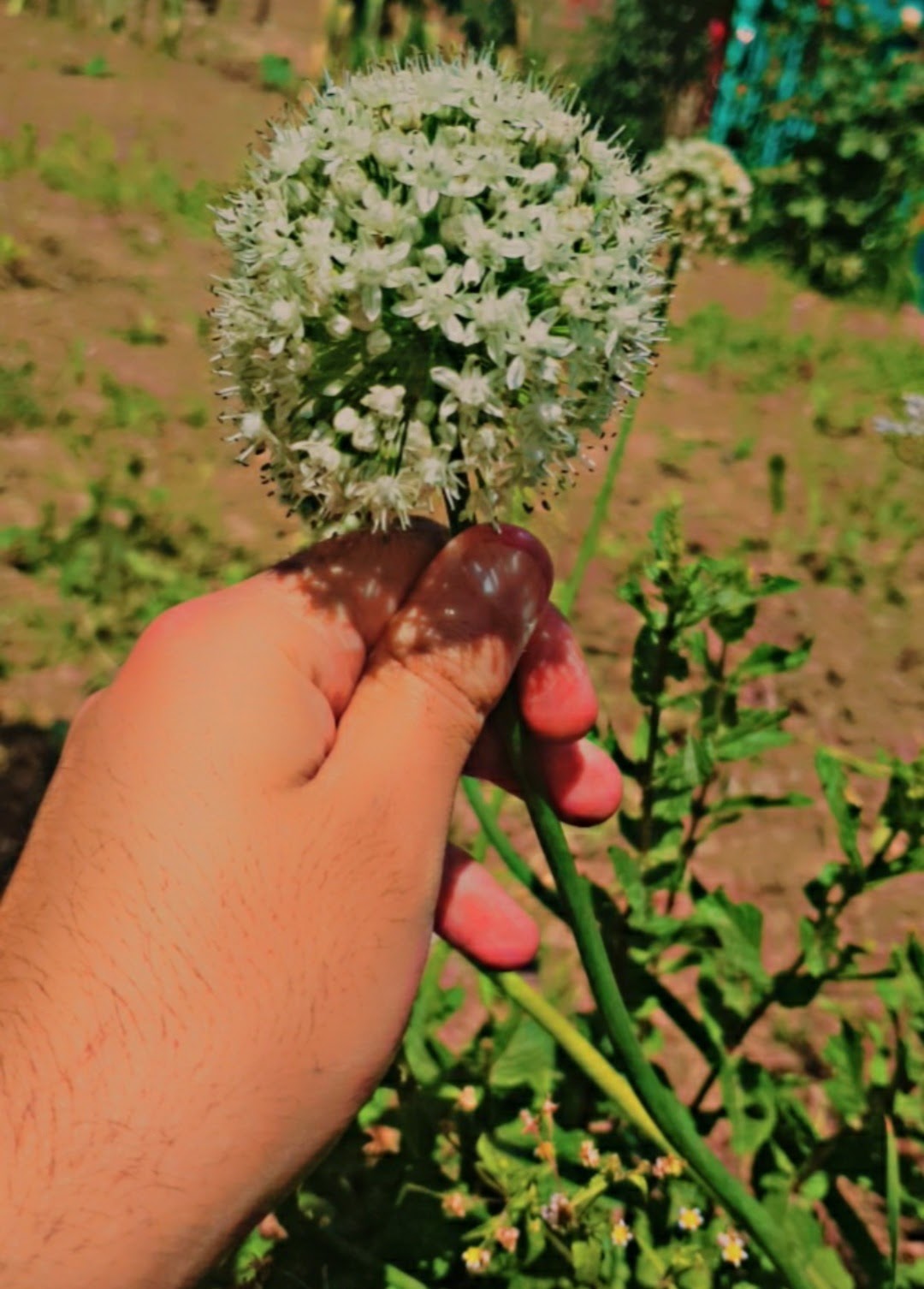Assam and its People:
India presents a picture of great variety. The same is true in case of Assam, where people of diverse religion, language and customs lived through the ages. It has hills and forests, rivers and streams, plain lands and wide valleys and in a very real sense, it seems to be an India in mini nature. Assam, the eastern most sentinel of India is endowed with enchanting, picturesque and fascination natural beauty.
It has been the living place of various races, tribes and ethnic groups since time immemorial. The dynamics of synthesis and assimilation of the races make Assam glorified and rich. The Ahom a Shan or Thai tribe of North Burma entered Assam in the third decade of the 13th Century, fully assimilated and ruled Assam for nearly six hundred years. The period of Ahom rule is a glorious chapter in the history of Assam; it is the Ahom who unified Assam. Several migratory streams under the patronage of British colonial administration since the later part of the 19 Century and the beginning of the 20* Century entered Assam; one such migratory force was the Muslim farmers from Eastern Bengal.
The majority of the people of Assam are belonged to Mongolia Stock. There are Assamese caste Hindus, Harijans and Muslims, and Bengali Hindus and Bengali Muslims who speak Indo- Aryan languages such as Assamese and Bengali. There are also Tibetan- Chinese ethnic groups consisting of Bodo, Nago-Bodo, Upper Assam tribals and Tais among the Bodo- ethnic groups. There are the groups such as Bodo-Cacharis of Goalpara, Kamrup, Lalungs of Nagaon and Karbi Anglong,Sonowals of Lakhimpur and Dibrugarh, Chutias of Lakhimpur and Dibrugarh, Mishings of Lakhimpur and Sibsagar, Manipuris of Cachar,Karbis tribals of Karbi Anglong and Dimacas on North Cachar Hills.It is for this reason that Assam is described as a land of remarkable variety, - from the point of view of ethnology.
The appellation, ananthropological museum’ is therefore, justly applicable to this lad of variegated racial and cultural patterns.
The other classification of Assam tribal is made as Hill tribal consisting of Karbis and Garos. And the plains tribal consisting of Bodo-Cacharis, Mishings, Barmans, Lalungs, Rabhas, Kacharis, Hajongs and Maches
LANGUAGE
Assamese is an Indo-Aryan language. This language is mainly spoken in the Brahmaputra valley. The Assamese Language is developed from the Sanskrit Language origin, directly connected with ‘Pracya-Magadli Apabhramsha’ as early as in the 7 Century A.D.
This language developed through centuries of cultural fusion with various tribes and races. The influence of the Astro-Asiatic, Mongoloid and Tibeto-Burman dialect is very marked in the Assamese Language.
There is a significant impact of Persian and Arabic also on the Assamese Language.The earliest specimen of Assamese Literature is found in the Buddhist ‘Gan-o-Doha’. Minanath a Kamrupi fisherman by castecomposed several Buddhist hymns. Bengali Hindus and Muslims have also contributed a lot to enrich Assamese.1
>The Assamese community is a composite community of different caste and its culture is also composite culture. In the true sense, none of the communities in Assam could claim its absolute majority; however, a dominant class claimed itself as language majority by including tribal, tea garden labours and particularly Muslims to have Assamese as their language. Tea garden workers are neither entirely Bengali nor entirely
Assamese in origin. They came from many parts of India, from a group of their own. Their language is a mixture of Bengali and Assamese. If the tea garden workers and tribal are excluded, Bengali Hindus and Bengali Muslims will attain a majority on the basis of Bengali language in Assam.In fact, it was true that the Bengali Muslims were directly influenced by Assamese Hindu intellectuals for which they willingly accepted to be registered as Assamese in the census of 1951.
Thus Assamese could claim their absolute majority.2 It would be worthwhile to mention the statement of Dr. Birendra Kumar Bhattachaya, Ex-President of Assam SahityaSabha. According to him, “The - same truth applies to the Muslim immigrants who have occupied citizenship on the basis of a linguistic state. It must be said to the credit of the immigrant Muslims that they havebeen always in the forefront of the struggle of the state to make
‘Assamese’ the state language and medium of higher education”
In order reconstitute Assam as Assamese’s state on the basis of majority language, the Bengali Muslim accepts Assamese language as their mother tongue and the medium of institutions. They argued that the Bengali Muslim as permanent settler of Assam; should co-operate and integrate with the local Assamese as the earlier Muslims i.e. Goria and Maria had already been integrated with the local Assamese. They were nick-named as ‘Na- Asomia’ or New Assamese.
Bengali Muslims raised their voice in support of Assamese Hindus saying that they are now purely Assamese Muslims and all the institutions established in their areas are having Assamese medium. But on the other hand the Bengali Hindus for the establishment of Bengali language in Assam, schools having Bengali language as the medium of instruction were already existed. Thus Bengali Hindus raised their voice to keep Bengali as the medium of instruction in their schools in the state as theofficial language of the state.
It is therefore, not surprising that Assam should be racially and linguistically homogeneous; that is to say, its inhabitants form a distinct entity among die people of India, united, by a common tongue, an Aryan dialect of great antiquity, even in the early part of the seventh Century,Huen Tsiang, the eminent Chinese scholar, visited Assam alias ancient Kamrupa in 638 A.D. was able to report that the language of Assam differed a little from that of Mid-India


























Super b
ReplyDelete